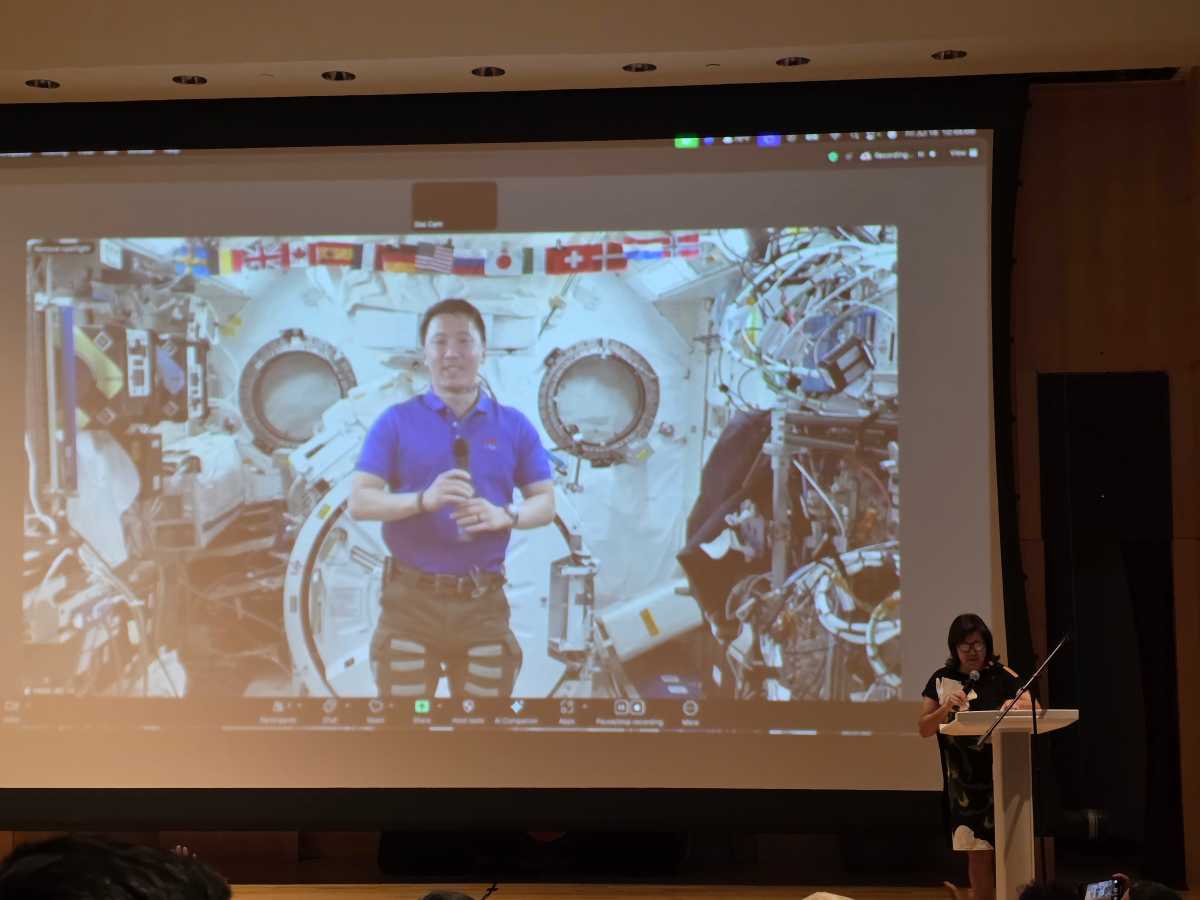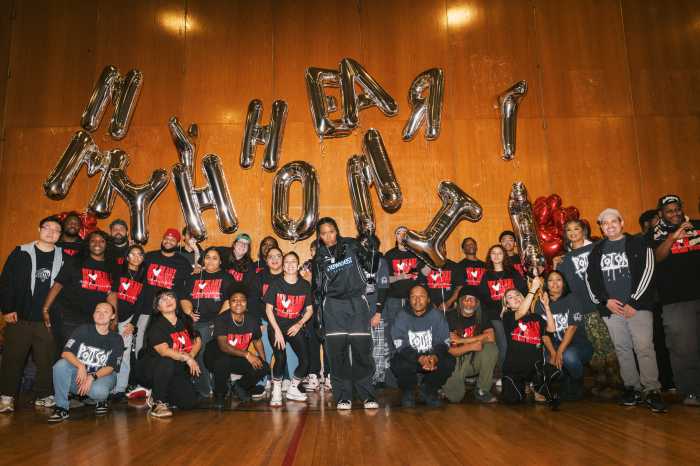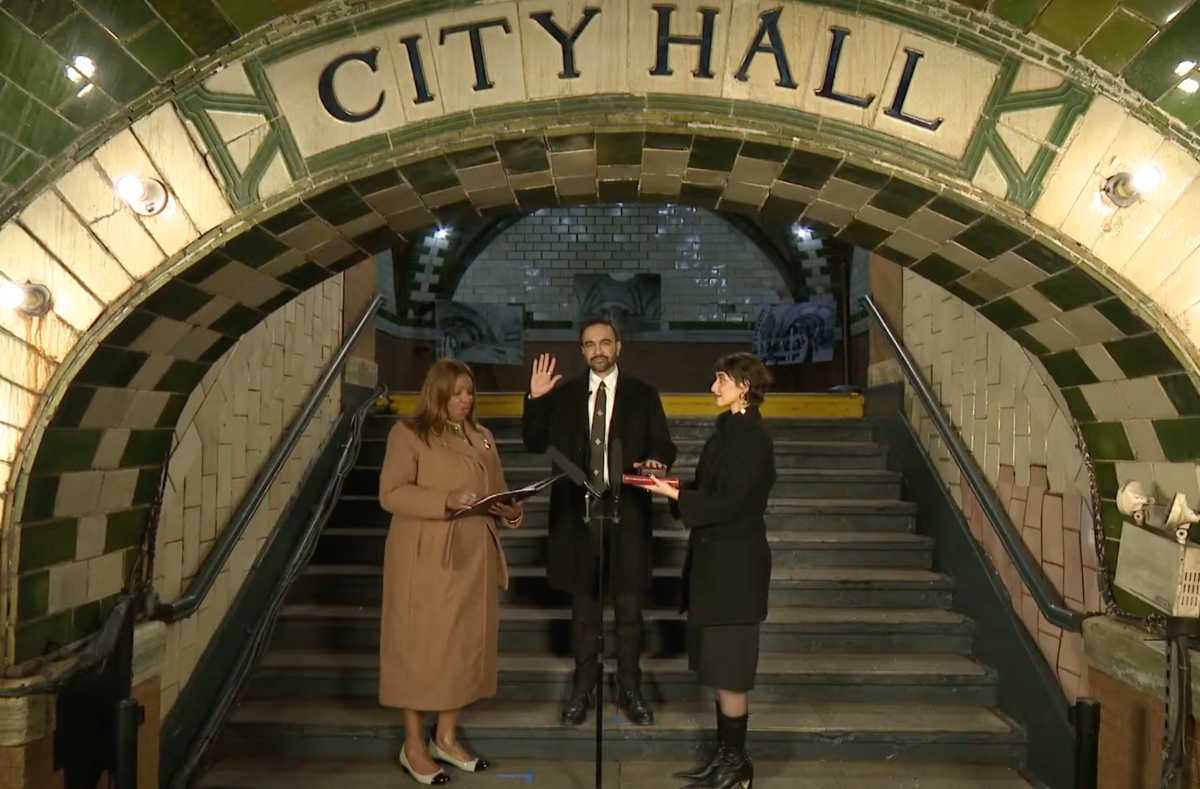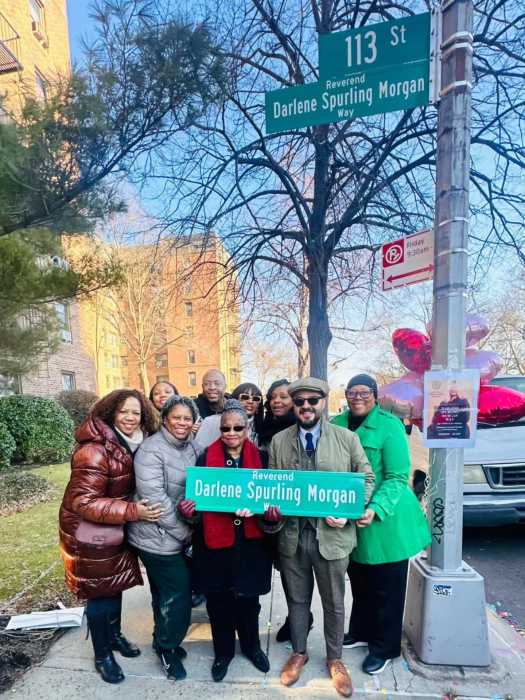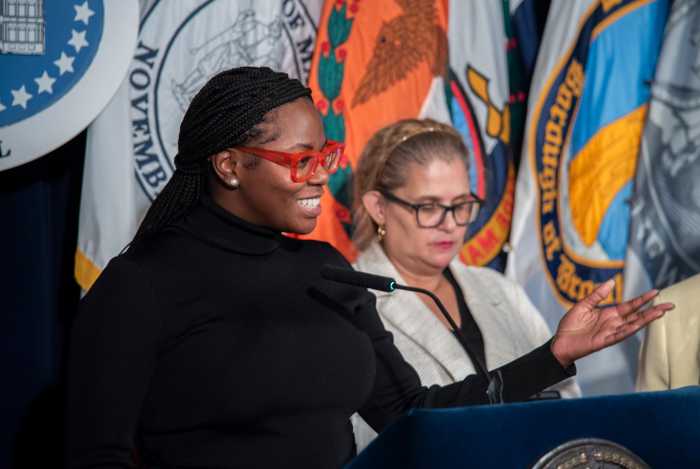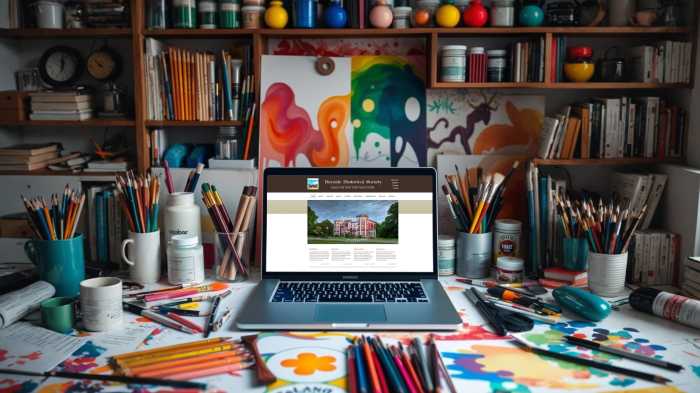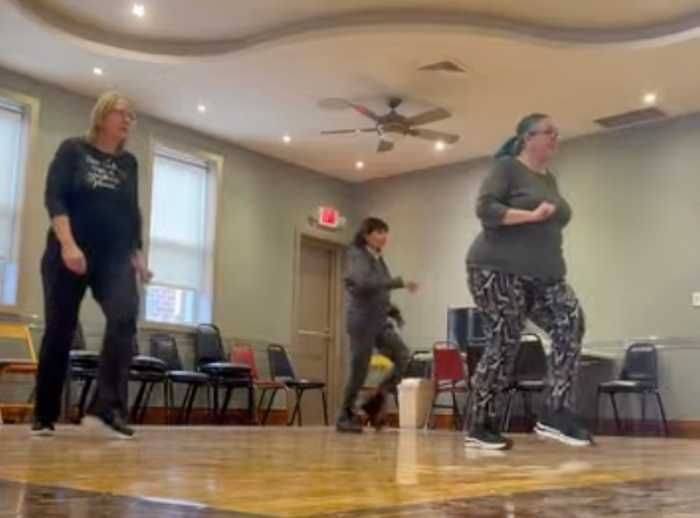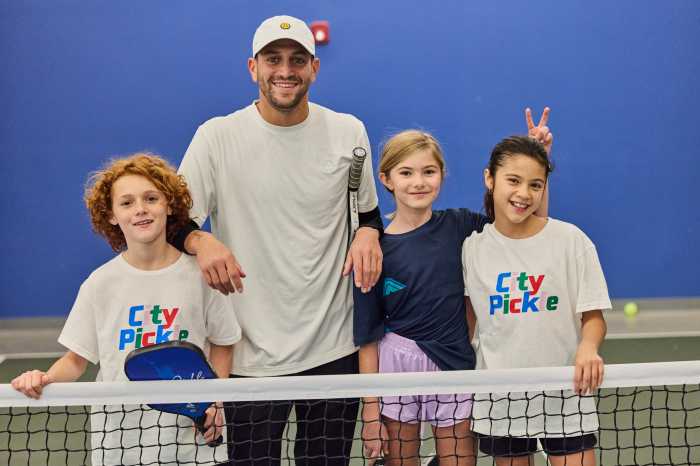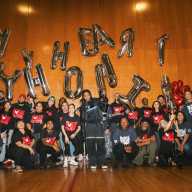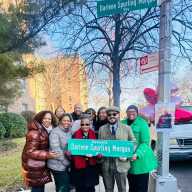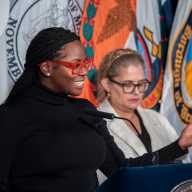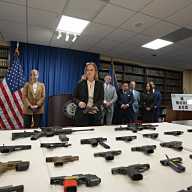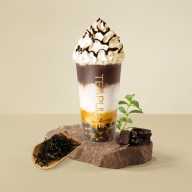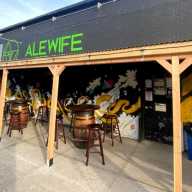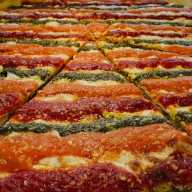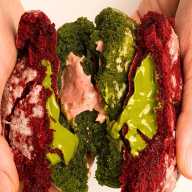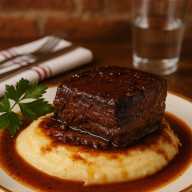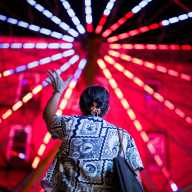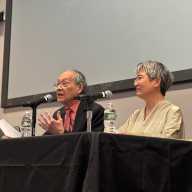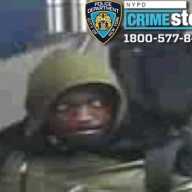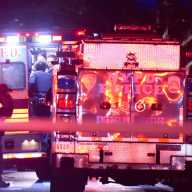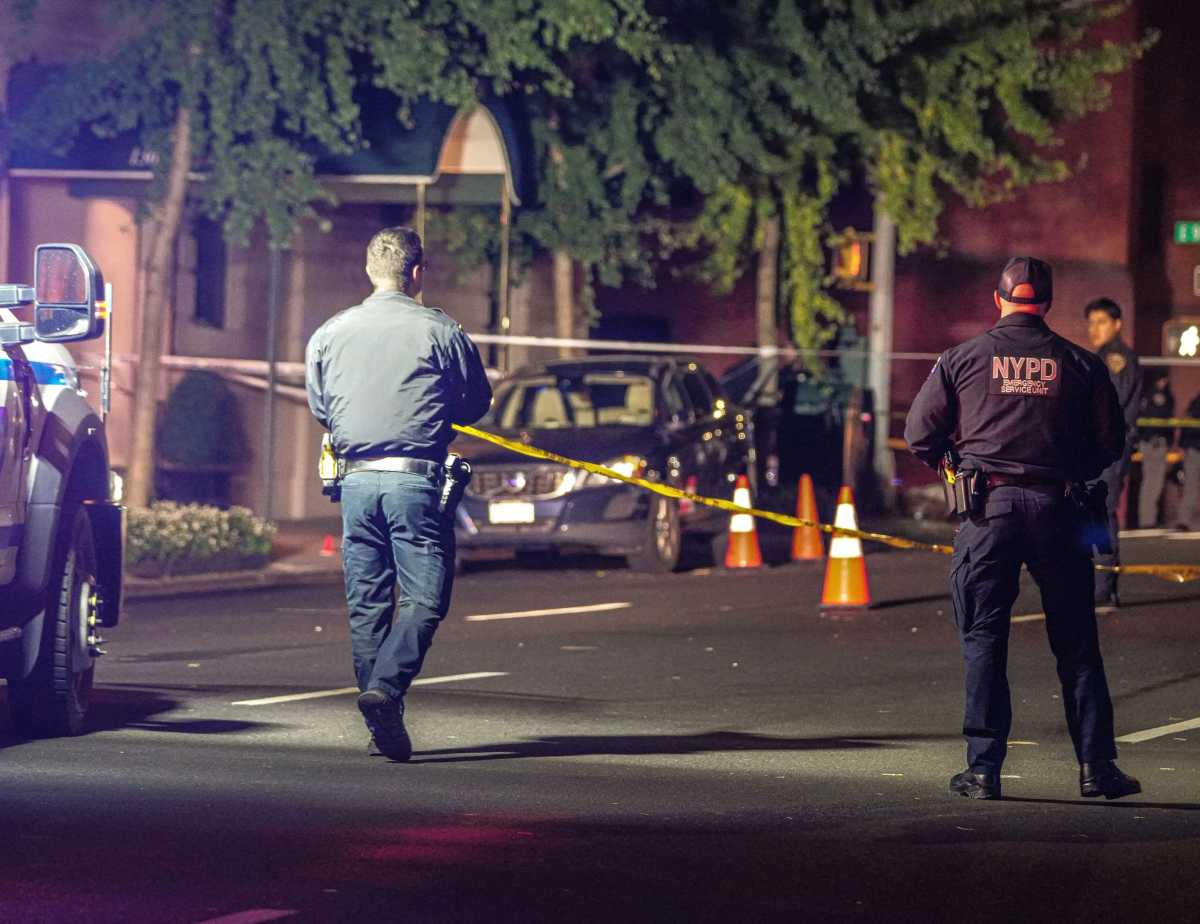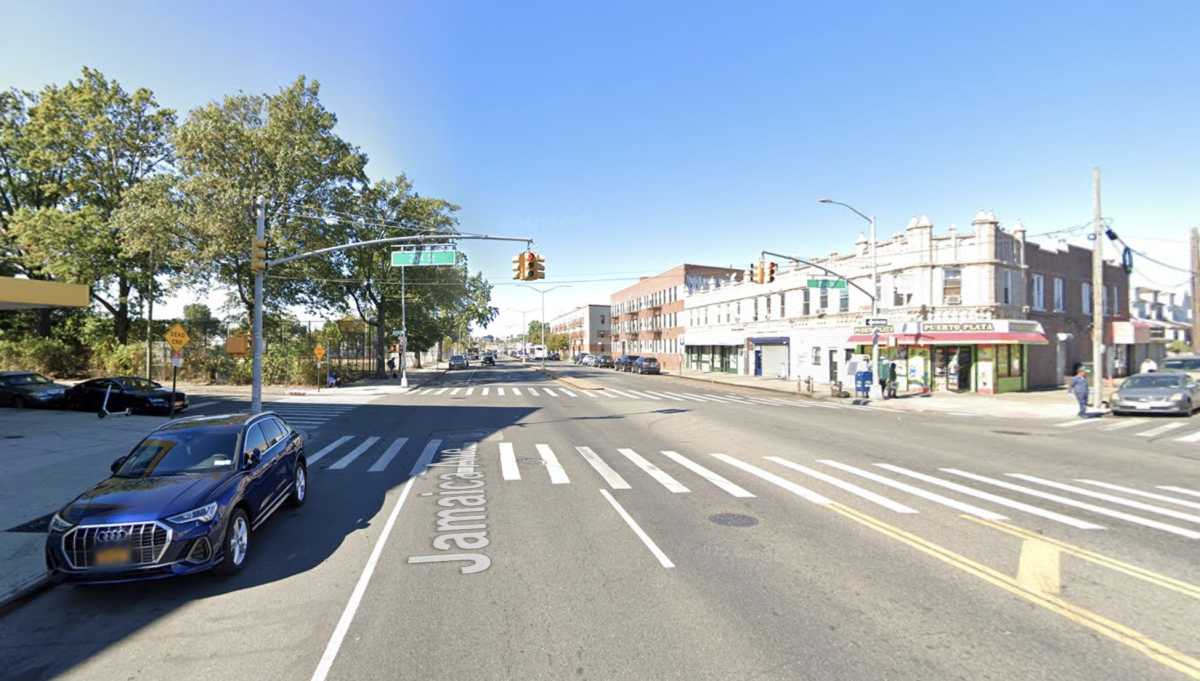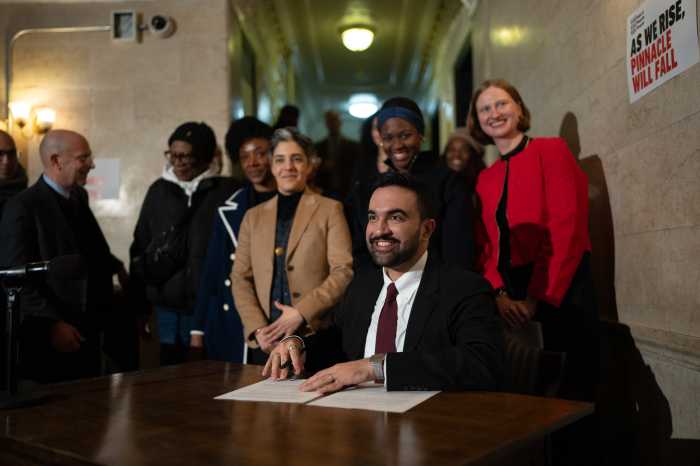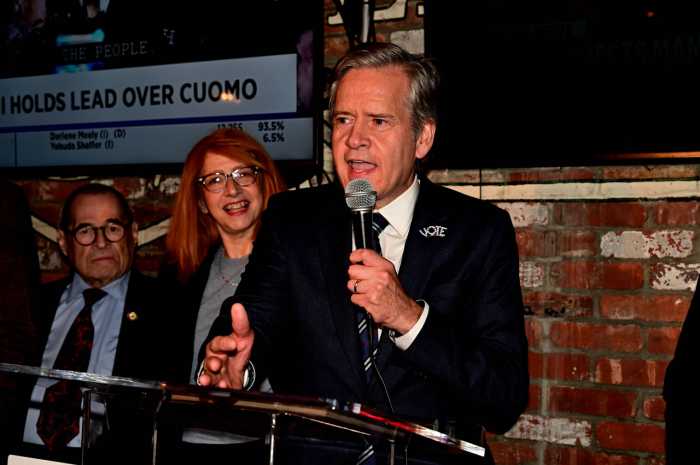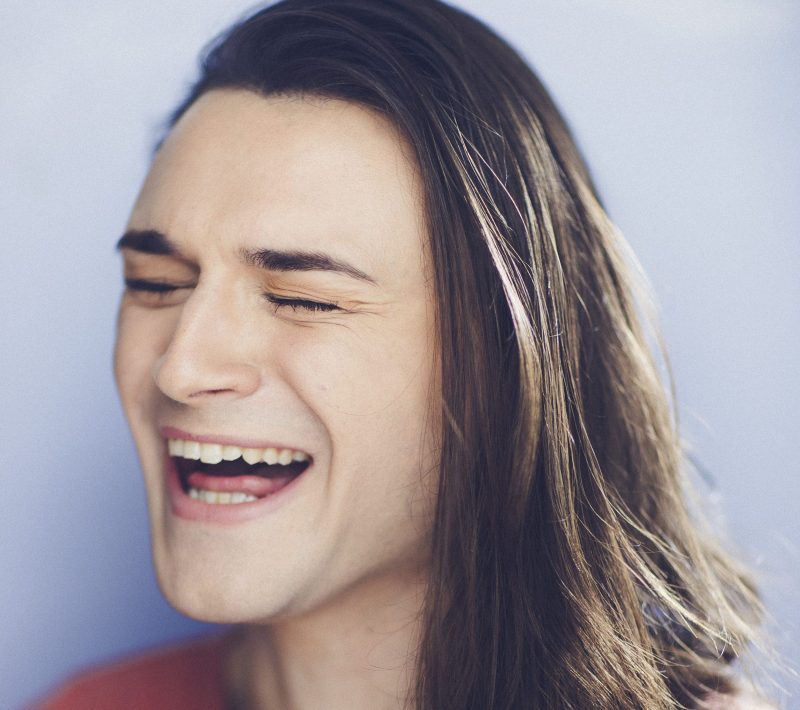More than 100 Queens students of all ages flocked to the New York Hall of Science (NYSCI) for a live Earth-to-space conversation with NASA astronaut Dr. Jonny Kim, who is aboard the International Space Station (ISS), as part of an event organized by U.S. Rep. Grace Meng.
Students taking part in camps all over the borough spoke live to Kim in NYSCI’s auditorium at 47-01 Corona Ave. on Friday, July 18, quizzing the NASA astronaut on life aboard the ISS.
Participating camps included Camps ‘R’ Us and Summer Rising, a summer camp held at PS280Q in Corona that brought 69 students to Friday’s event. Students from Queens College and Townsend Harris High School also attended the event, in addition to camp-goers from NYSCI and the Queens Museum.
Kim, a Korean-American Navy SEAL who became an astronaut in 2017, launched to the ISS in April as part of an eight-month-long mission to conduct scientific research in technology development, Earth science, biology and human science among other areas.
Meng, who serves as the top-ranking Democrat on the House Appropriations Subcommittee on Commerce, Justice, Science and Related Agencies, which provides annual appropriations to NASA, said Friday’s live meeting was “incredibly exciting” for students in Queens.
“I was so excited to come here and be a part of this,” Meng said after Friday’s event. “NASA and the Hall of Science do not hesitate when it comes to finding opportunities to open the minds and hearts of our students.”
Students questioned Kim about all aspects of life in space, from what food astronauts eat aboard the ISS to how they manage medical emergencies.
Sebastian Navarro, an 11-year-old student preparing to enter the sixth grade, quizzed Kim on the type of research he is conducting in space. Kim said that astronauts are performing research on their own bodies and how they react to long-distance space flights.
“NASA is really interested in how our bodies react to long0duration space flight,” Kim said. “So, we do a lot of tests, such as measuring our blood pressure or seeing what our organs are doing with ultrasound. With that information, we’ll be being better able to understand how humans respond to microgravity, and hopefully how to address it, so that we can go do really far, long duration missions to the moon and beyond.”
Kim impressed students by demonstrating the effects of microgravity during the call, performing a back flip to applause from the watching audience and showcasing weightlessness of space by squeezing water from a bottle and drinking the liquid as it floated in mid-air.

Navarro said afterwards that he was especially impressed by the two demonstrations, describing the mid-air backflip as “cool.”
Kim also told students of how he misses his favorite foods during his time on the ISS, but said his family recently sent him a care package of kimchi and rice, allowing him to cook kimchi fried rice while floating over Earth.
“It’s not as good as what I can make at home, but it was pretty good for being here,” Kim told students.
Students were also keen to learn about how astronauts manage sleep cycles aboard the ISS, which orbits Earth 16 times per day, resulting in 16 separate sunrises and sunsets every 24 hours. He added that the station bases its days off Greenwich Mean Time and detailed how there are special lights on board to help astronauts adjust to the correct time of day.
Meng said she hopes Friday’s live Q&A will help inspire Queens students to pursue careers and interests in science and technology, adding that she hopes one day a Queens astronaut will speak to NYSCI’s auditorium direct from space.
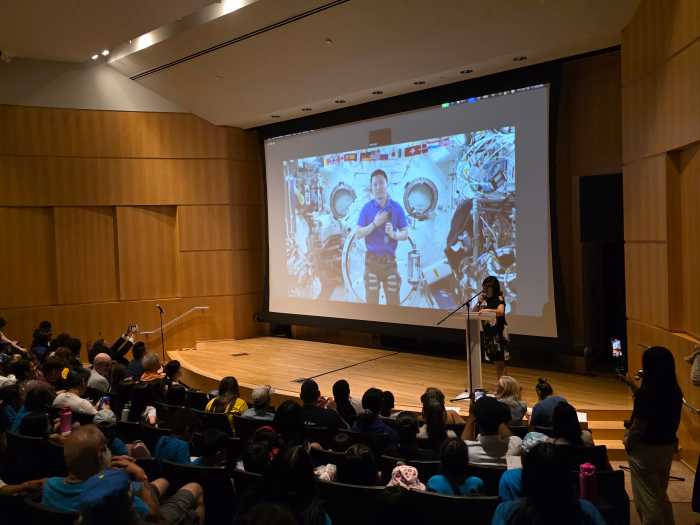
“I hope one day we get to see a Queens kid call us at the Hall of Science from space,” Meng said. “We want to show our students the possibilities that they can have as they progress, whether it’s middle school starting a club or in high school learning about space.”
Meng added that securing appropriate funding for NASA is critical because it also helps to fund science-based research and jobs in addition to providing funding for space exploration.
“NASA funding is not just to help astronauts go to space. It literally helps fund science projects, science fairs, internships, fellowships. And so we just want to open their minds… and we want them to realize that their opportunities are limitless.”
Meng said it was a “big deal” for students to see a Korean-American astronaut given that Flushing has such a large Korean population. Kim, who was born in California, visited Queens in October 2022 when he paid a visit to Francis Lewis High School in Fresh Meadows and the Queens College School for Math, Science and Technology in Flushing.
“He comes from a community that is underrepresented in many fields, including space,” Meng said. “We want to ay to our kids, ‘hey, look, look what you can be.’ It doesn’t matter where your family first came from. In this country, in America, you have these opportunities.”

